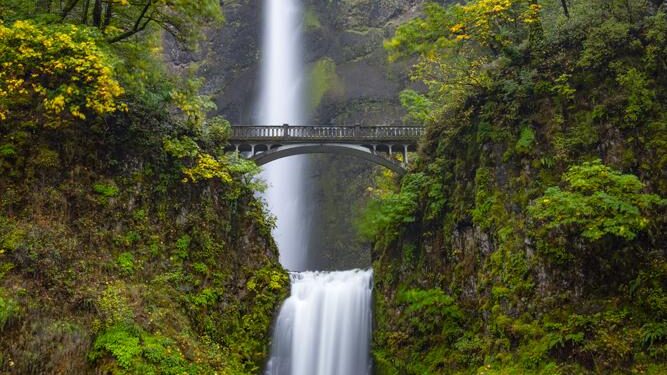A simple snapshot of a blooming flower or a soaring bird might be more than just a beautiful image-it could hold the key to a scientific breakthrough. According to a recent report on ScienceDaily, everyday nature photography is increasingly being recognized as a valuable resource for researchers studying biodiversity, climate change, and species behavior. As citizen scientists and professional photographers alike capture the natural world in unprecedented detail, their images are helping to document ecological shifts and even uncover new species, highlighting the unexpected power of nature photos in advancing scientific knowledge.
How Unexpected Discoveries in Nature Photography Are Shaping Scientific Research
In a surprising turn of events, casual snapshots captured by nature enthusiasts have begun to unlock phenomena that eluded formal scientific studies for decades. These images provide researchers with real-time behavioral evidence, reveal undocumented species interactions, and occasionally expose environmental changes long before conventional monitoring methods detect them. The widespread accessibility of high-resolution cameras and smartphones means that even amateurs contribute valuable data points, transforming personal hobbies into vital scientific tools. Citizen photographers have inadvertently become frontline contributors to fields like ecology, zoology, and climate science.
Recent collaborations between photographers and scientists demonstrate how raw visual data can accelerate discovery. Consider the range of newfound insights made possible through these images:
- Unexpected animal behaviors documented outside laboratory settings
- Rare species sightings confirmed in previously unexplored regions
- Early indicators of habitat changes captured before official surveys
- Visual records of ecological interactions facilitating deeper understanding
| Type of Discovery | Example | Impact on Research |
|---|---|---|
| New Behavior | Predation tactics of urban foxes | Modified understanding of adaptation |
| Species Range | Butterfly population in northern latitudes | Shifted conservation priorities |
| Environmental Change | Early coral bleaching signs | Prompted rapid response efforts |
The Role of Citizen Scientists in Advancing Environmental Studies
Across the globe, countless amateur photographers and nature enthusiasts are unknowingly contributing valuable data to scientific research. By capturing images of wildlife, plant life, and changing ecosystems, these citizen scientists fill critical gaps that traditional field studies often cannot reach due to resource constraints. Their timely snapshots provide real-time evidence used for tracking species distribution, monitoring environmental changes, and even detecting the early signs of ecological disruptions.
Thanks to user-friendly platforms and mobile apps, contributions from the public are now seamlessly integrated into extensive environmental databases. Key benefits include:
- Increased data volume: Millions of observations that would be impossible for teams of researchers to gather alone.
- Geographic diversity: Coverage of remote or under-studied areas easily accessed by locals and travelers.
- Longitudinal monitoring: Repeated observations over time enabling trend analysis on climate impact and biodiversity shifts.
| Citizen Science Platform | Focus Area | Approx. Contributors | ||||||||||||||||||||
|---|---|---|---|---|---|---|---|---|---|---|---|---|---|---|---|---|---|---|---|---|---|---|
| iNaturalist | Biodiversity Records | 1 million+ | ||||||||||||||||||||
| eBird | Bird Sightings | 800,000+ | ||||||||||||||||||||
| Earth Watch | Environmental Monitoring |
Across the globe, countless amateur photographers and nature enthusiasts are unknowingly contributing valuable data to scientific research. By capturing images of wildlife, plant life, and changing ecosystems, these citizen scientists fill critical gaps that traditional field studies often cannot reach due to resource constraints. Their timely snapshots provide real-time evidence used for tracking species distribution, monitoring environmental changes, and even detecting the early signs of ecological disruptions. Thanks to user-friendly platforms and mobile apps, contributions from the public are now seamlessly integrated into extensive environmental databases. Key benefits include:
|































